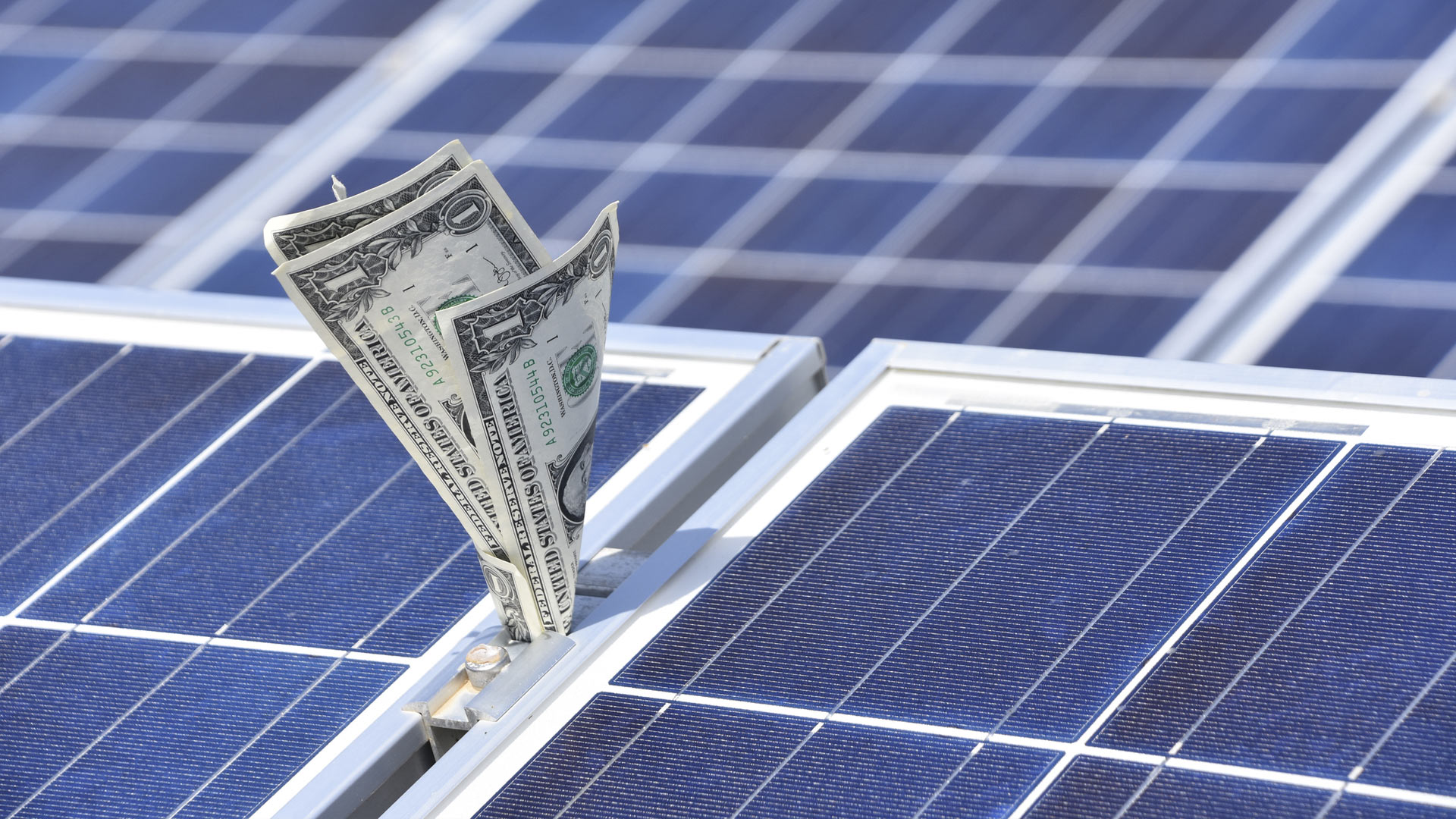The Inflation Reduction Act is an excellent way to take advantage of solar energy while putting money back into your pocket. From January 1st, 2022 through the end of 2032, you will receive a 30% tax credit of the cost from your federal income taxes.
Let’s explore exactly what this act means for you and your investment in solar power.
What Is the Inflation Reduction Act?
The Inflation Reduction Act changed various tax laws surrounding home solar panels for personal use and allowed for a reduction in costs. The package for this Act includes $386 million in tax credits to promote clean energy, clean fuels, environmental conservation, green technology for homes and buildings, electrification, electric vehicles, and other purposes. The Act is a ten year plan that will roll out some changes incrementally over the next decade. The IRS will share current updates regarding the act and recent changes on their website.
How Does the Solar Tax Credit Save You Money?
To put it simply: the solar tax credit you receive will lower your federal taxes. Suppose you spend around $24,000 on a system; you could subtract 30% of that ($7,200) from your federal taxes. Keep in mind that the year of installation is the only year you can claim the 30%. You also save money over the years compared to burning fossil fuels.
Who Can Get the Solar Tax Credit?
According to the U.S. Department of Energy, you must own your home. Renters are unfortunately not qualified for the credit. While it may seem obvious that you must own solar panels, some people rent them or purchase on loan from third-party companies. You won’t get the credit if you don’t own your solar panels.
How Do You Get Money Back?
To claim this tax credit, you need to file IRS form 5695 during your tax return. All you need to do is calculate the credit on your form and enter the results on your Form 1040.
What Expenses Are Eligible?
You can write off various expenses. Some of the expenses include:
- Contractor label costs for site preparation, original installation, assembly, permit fees, inspection fees, and developer fees.
- Solar panels or PV cells.
- Energy storage devices with a capacity rating of 3+ kilowatt hours. If the storage is installed in a different tax year from when the system was installed, it’s still eligible. However, the energy storage device is still subject to installation date requirements.
- Balance-of-system requirements such as mounting equipment, inverters, and wiring.
- Sales taxes on eligible expenses.
How Many Years Can You Claim Solar Tax Credit?
You can only claim the solar tax credit once you get your installation. If you have any remaining amount on your tax credit that you’re not able to claim in a single tax year, you are able to carry over the tax credit value for up to five years. For example: if you didn’t owe federal taxes last year, you can still claim the Solar Tax Credit on this year’s tax return.
Conclusion
With this new Inflation Reduction Act, individuals and businesses can receive several credits and deductions. The best part is you have until 2032 to install a solar energy system and take advantage of the 30% tax credit.
